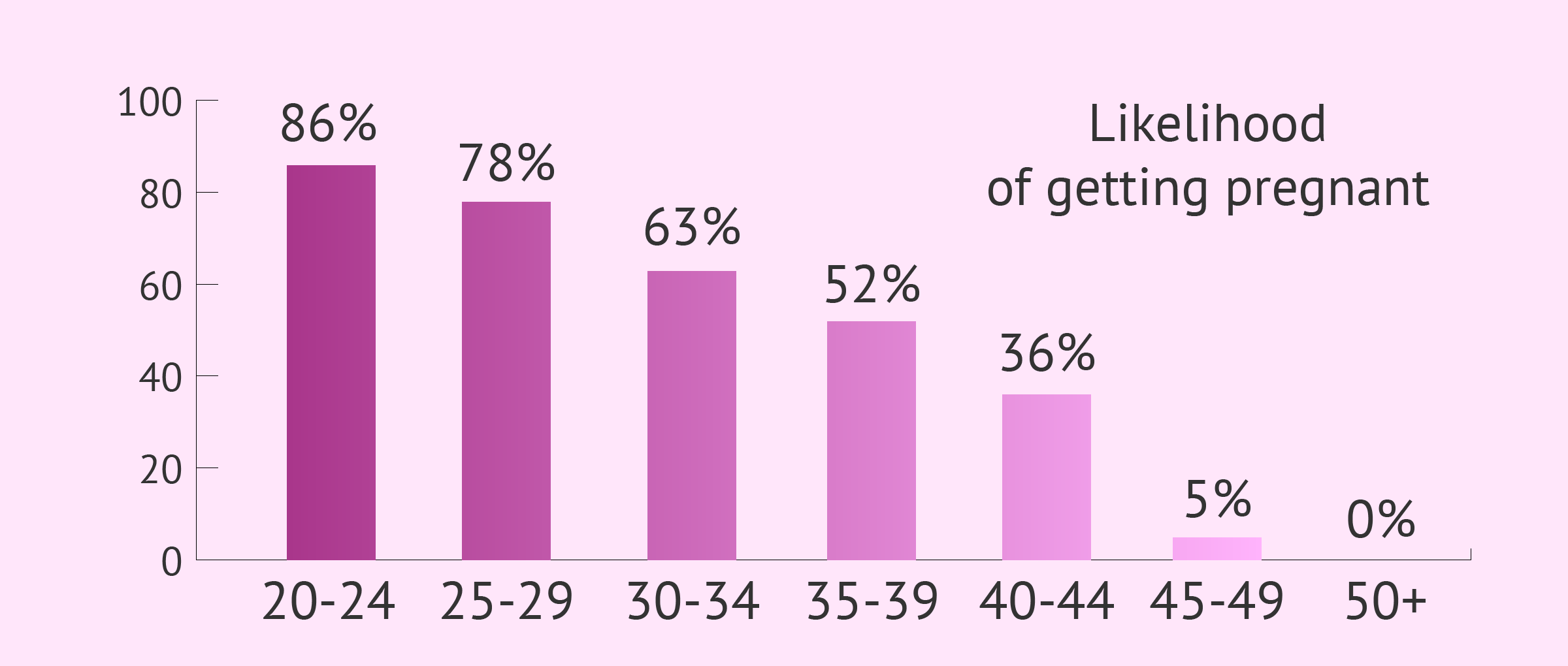Tribal societies do not send out their childbearing population to fight wild animals.
To anyone with a fleeting interest in ancient history, it should be very obvious why:
A tribe of a hundred men and ten women probably dies within one generation.
A tribe of a hundred women and ten men can theoretically recover and thrive during the same time.
You cannot risk losing women in a small society.
To me that sounded counterintuitive, as the problem isn't how you start with (100 men/10 women vs 100 women/10 men) but how the tribe evolves over time taking into account the chances of death from fighting said wild animals.
And so i decided to try and write a small program simulating that!
The program starts with a small population of 100 people from 20 to 40 ages, equally divided between male and female (i.e there are 50 males and 50 females). Then it "simulates" each day for each one of those people where they can die of old age, die of child mortality (if they are a child), go hunting (if they are of the appropriate sex) and potentially die from that, have sex (if not pregnant) and potentially get pregnant (if female).
The simulation is kinda simplistic of course, with the biggest difference between reality and simulation to be that there are no couples in the simulated society and everyone hunts and fucks all the time: each day everyone has sex with whoever is the first valid partner (above minimum age, opposite sex, not pregnant). However since the concern is survival and growth of the tribe as a whole without caring about individuals much, this provides the most optimal results.
The simulation settings were as such:
- Initial population size of 100 people
- 0.02% chance of death during hunt for women, 0.01% chance of death during hunt for men
- The assumption being here that men being stronger than women leads to half deaths
- Minimum age one can has sex is 15yo
- Minimum age one can hunt is 12yo
- Maximum age is 50yo
- There is a 50% chance of child mortality, but everyone lives to 50yo after reaching 5yo
- There is a 0.2465% chance of pregnancy (per day)
I ran the simulation, once using males as hunters and once using females as hunters for 50 years (an entire population replacement) and the results...
...are basically what i expected. Reason being, a man can have sex with multiple women to make children at the same time (or at least, the next day, as far as the simulation is concerned), but a woman cannot do that, therefore the loss of a man has more of an impact in the population growth - assuming starting from a position where the tribe is already functional - than the loss of a woman (as the other men will "pick up the slack", so to speak) even if women are twice as likely to die than men.
Of course the above is for a tribe that optimizes for sustainability and population growth, all else be damned, if the simulator also took into account couple formation and break up in the case of the death of a member with potential formation of a new couple down the line, depending on the remaining member, then the numbers most likely wouldn't be as different but i'd still expect the loss of a woman to have less impact.
Out of curiosity i also tried to limit the number of pregnancies a woman can have to 5 children:
As expected the population doesn't grow as much and there is more variance in the population numbers over time, but overall the end result is the same. Note that changing the limit affects the variance but the overall look of the graph doesn't change.
Now of course the simulation is really a case of a
spherical cow, but i think the ballpark results show that -at least unless i missed something very blatant- having a tribe with female hunters wont cause it to go extinct at all due to the women being exposed to wild life deaths, regardless of what ancient cultures did in our past.
If you want to try out yourself,
the Free Pascal code is here.




























![Glory to Codexia! [2012] Codex 2012](/forums/smiles/campaign_tags/campaign_slushfund2012.png)




